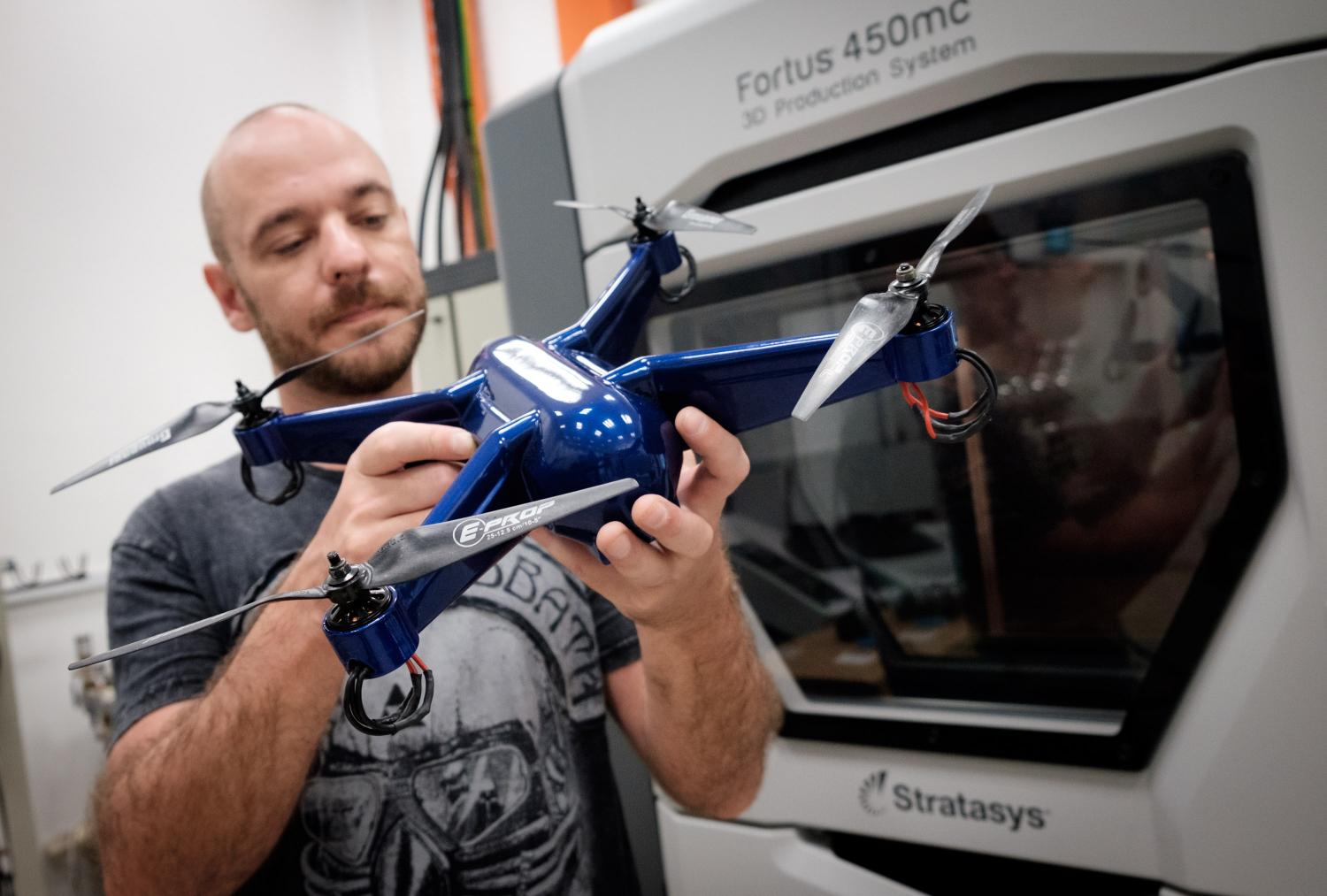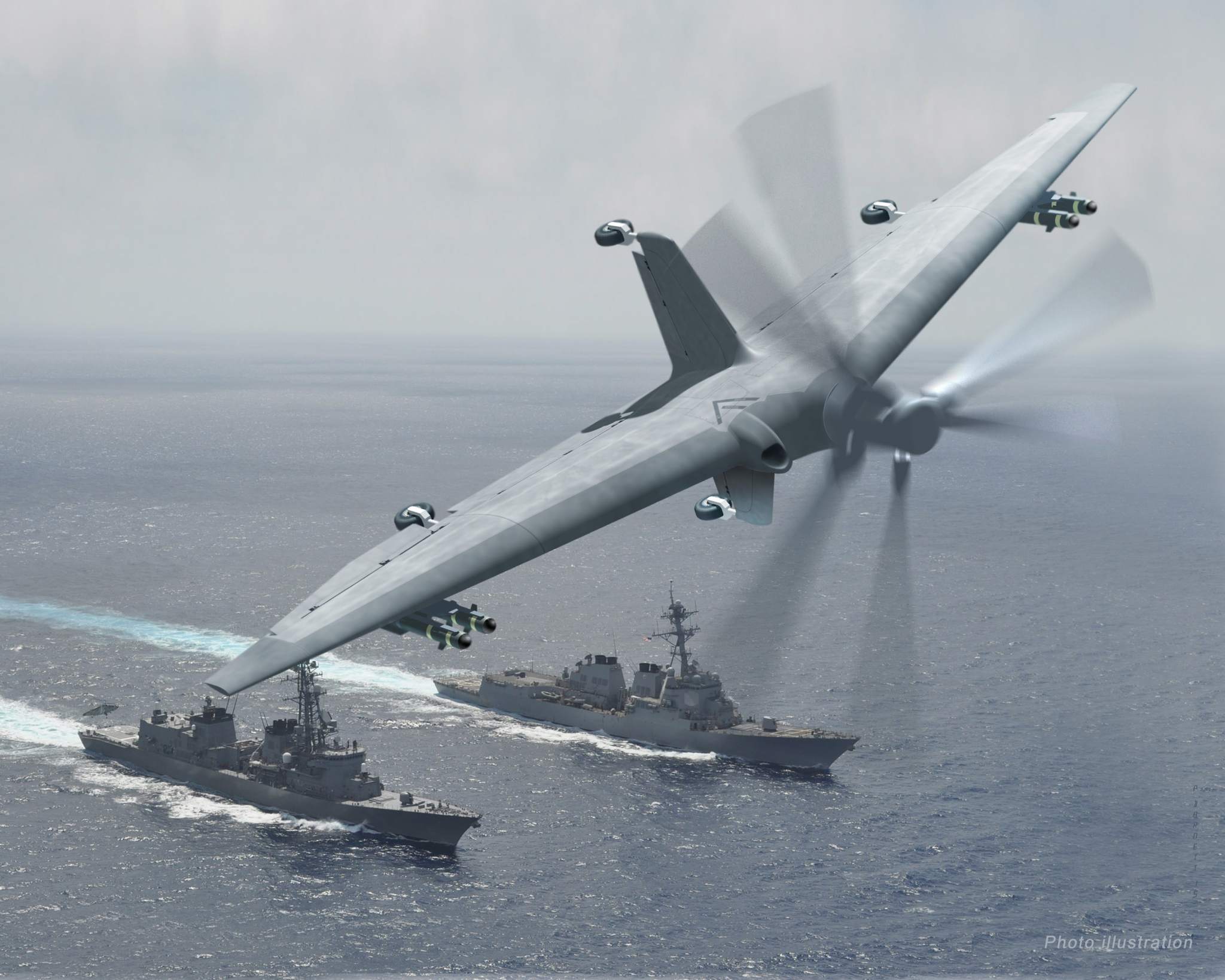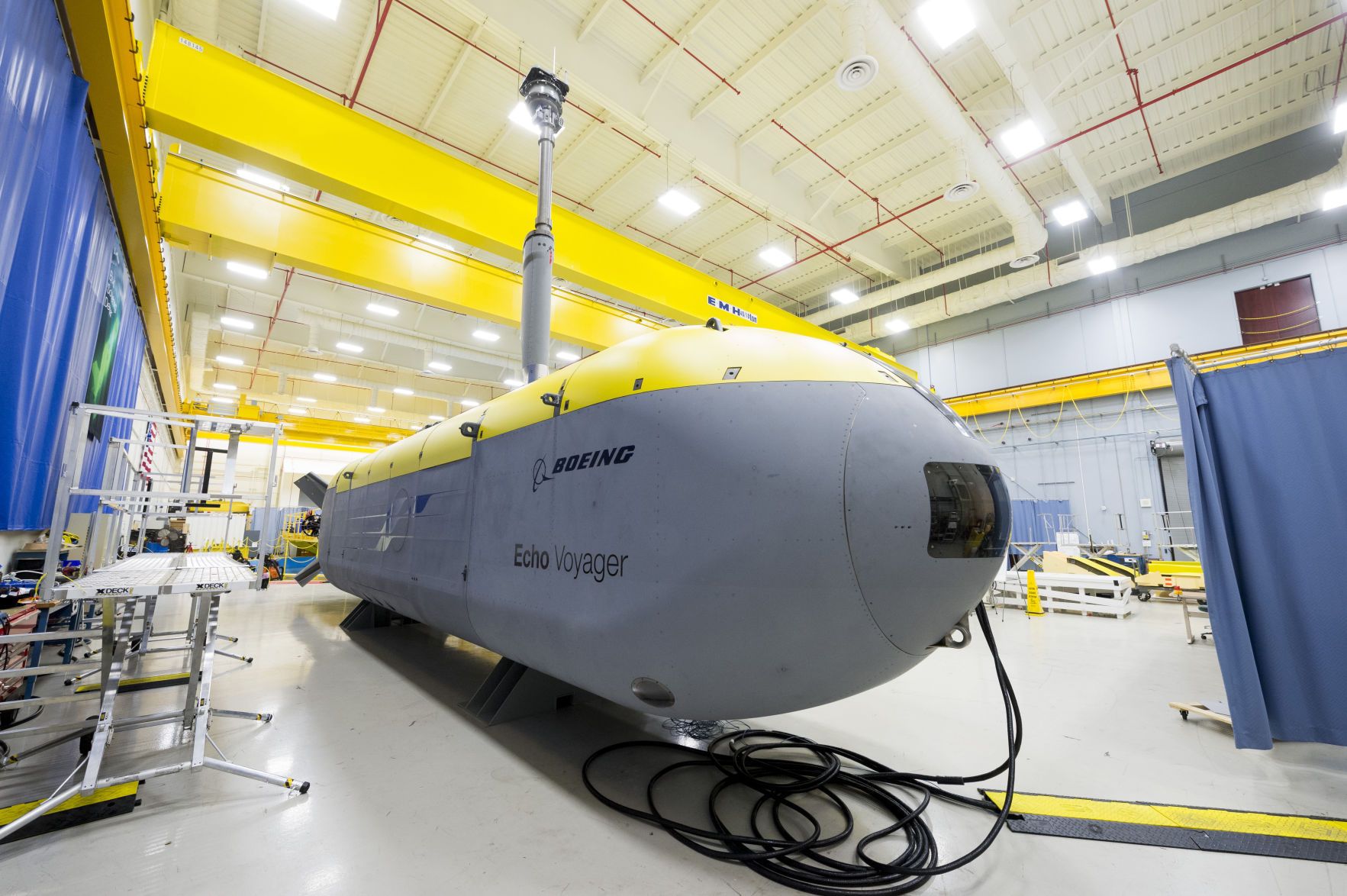Category: drones – Page 156

Should tech grads pick defense over Silicon Valley?
Hmmmm.
Sam Gussman arrived four years ago at Stanford University hoping to eventually parlay an engineering degree into a product manager job at Google or Facebook.
Working for the National Security Agency or other intelligence bureaus never crossed his mind. For Gussman, the government didn’t seem like the place for the most exciting, cutting-edge research in human computer interaction — his area of interest. Plus, it did no on-campus recruiting, unlike the many tech startups that e-mailed him daily about job opportunities and happy hours.
That career plan changed dramatically after Gussman took a new graduate class at Stanford’s engineering school called Hacking for Defense, or H4D, where he got to tackle real-life national security challenges. There he met with U.S. military officers and studied the mental duress soldiers face during combat and then worked on software that distinguishes insurgents from civilians in video feeds from drones. Suddenly government work was “super cool.”
Is BRAIN HACKING the future of war? Experts predict drone control chips, ‘neural dust’ to treat PTSD and remote weapons to disrupt soldier’s thoughts all set to become commonplace
This has been worked on since WWII using various methods that never fully worked out. However, our technology has advance; so it could be within reach this time.
An expert from Rutgers University Newark explores the proper role of neuroscience in defense and war efforts, and how technologies designed with this science can be misused to harm people.
Neuroscience Is a Tool of War
What could once only be imagined in science fiction is now increasingly coming to fruition: Drones can be flown by human brains’ thoughts. Pharmaceuticals can help soldiers forget traumatic experiences or produce feelings of trust to encourage confession in interrogation. DARPA-funded research is working on everything from implanting brain chips to “neural dust” in an effort to alleviate the effects of traumatic experience in war. Invisible microwave beams produced by military contractors and tested on U.S. prisoners can produce the sensation of burning at a distance.
What all these techniques and technologies have in common is that they’re recent neuroscientific breakthroughs propelled by military research within a broader context of rapid neuroscientific development, driven by massive government-funded projects in both America and the European Union. Even while much about the brain remains mysterious, this research has contributed to the rapid and startling development of neuroscientific technology.
And while we might marvel at these developments, it is also undeniably true that this state of affairs raises significant ethical questions. What is the proper role – if any – of neuroscience in national defense or war efforts? My research addresses these questions in the broader context of looking at how international relations, and specifically warfare, are shaped by scientific and medical expertise and technology.
Growing Drones
Are you ready to GROW drones?

ULTEM 3D printed drone with embedded electronics
Nanyang Technological University (NTU) researchers in Singapore have embedded electronics into a 3D printed drone. Using Stratasys’ 3D printers and the advanced ULTEM 9085 material Phillip Keane produced the device as part of the Singapore Center for 3D Printing (SC3DP) at NTU. The quadcopter, it has four propellers, with its impressive construction and embedded electronics is impressive, but still has some way to go to catch up with TERN, DARPA’s military drone currently under development.

3D printing the future of drones as Northrop Grumman hit TERN milestones
DARPA recently performed a critical design review (CDR) in mid-October of the design’s General Electric engine. The GE engine will enable the drone to fly both vertically and horizontally. GE are rarely far from 3D printing news, not just for developing their 3D printing portfolio but also for repairing 3D printed engines with 3D printing. Naturally, the details of TERN’s engine have not been made public by DARPA but it may be fair to speculate that GE would have looked to use their latest developments with 3D printing in the project, especially given the value of 3D printing for making low volume or one-off complex components.
This ridiculous drone gun can shoot down UAVs from 2km away
DroneGun blocks drones flying at 2.4 and 5.8 GHz frequencies and can also jam GPS.
Drones for Delivery in Healthcare | By Andreessen Horowitz | SoundCloud
” … discuss using drones to leapfrog infrastructure, and save lives by doing it in less than 15 minutes.”

The new frontier for drone warfare: Under the oceans
As unmanned aerial drones have become a critical part of modern warfare, the Pentagon is now looking to deploy autonomous robots underwater, patrolling the sea floor on what one top Navy official called an “Eisenhower highway network,” complete with rest stops where the drones could recharge.
Although still in the development stages, the technology has matured in recent years to be able to overcome the vast difficulties of operating underwater, a far more harsh environment than what aerial drones face in the sky.
Saltwater corrodes metal. Water pressure can be crushing at great depths. And communication is severely limited, so the vehicles must be able to navigate on their own without being remotely piloted.